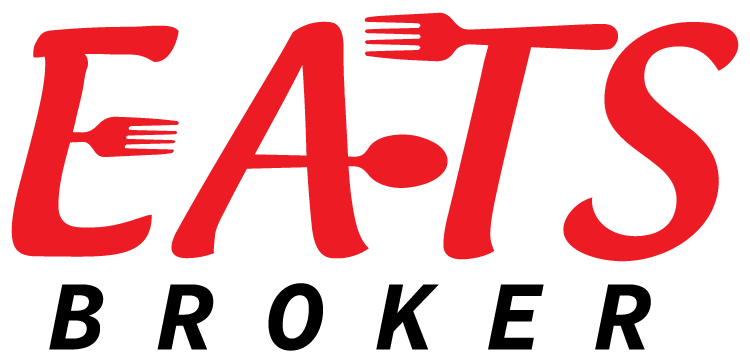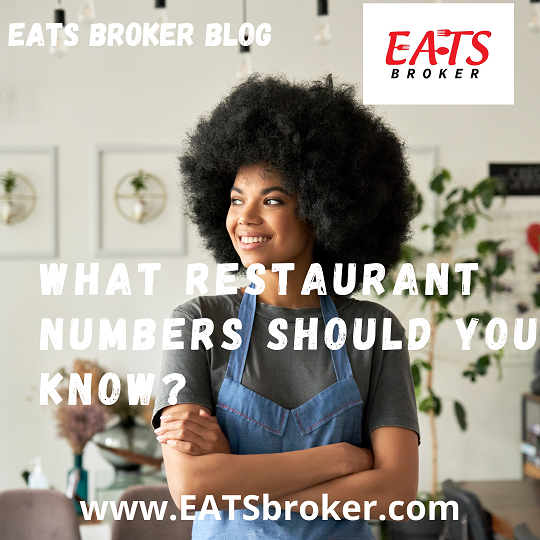What restaurant numbers should you know if you own a restaurant or want to buy a restaurant? Every independently owned restaurant is unique, while franchise concepts have common similarities. How do you compare the two different restaurants if you want to buy or sell a restaurant? Analyzing the Financial and Operational ratios is a great starting point.
What numbers should be significant to a restaurant owner that wants to sell a restaurant or a buyer that wants to buy a restaurant? Some key impact ratios compared to annual sales are food, labor, lease cost, and Sales per square foot.
Dominique Maddox, a Restaurant Broker at EATS Restaurant Brokers, says, “when analyzing Profit and Loss statements to provide a restaurant valuation, I always pay cost attention to the critical impact ratios.
The numbers and ratios can help explain the heartburn or opportunity in a restaurant.”
EATS Restaurant Brokers shares RATIOS to consider list:
Food Cost: Food cost as a percentage of food sales (costs/sales) is generally in the 28% to 32% range in many full-service and limited-service restaurants. Ratios can fluctuate depending on the type of restaurant.
Upscale restaurants can range up to 35%-40%, while pizza concepts can range from 20%-25%.
EATS Restaurant Brokers Tip: Food costs seem to always be higher at absentee-owned restaurants than Owner/Operator restaurants. The employees don’t operate the restaurant like an owner that manages the day-to-day operations.
Labor Cost: Payroll cost as a percentage of sales should not exceed 30%-35% of total sales for full-service restaurants and 25%-30% of total sales for limited-service restaurants. This percentage includes payroll taxes, insurance premiums, and other employee benefits.
EATS Restaurant Brokers Tip: Generally, you don’t want to see management salaries, including kitchen managers, assistant managers, and General Managers’ salaries to exceed 10% of gross sales.
Build-out-cost: The sales-to-investment ratio should be at least 1.5 to 1. This means a minimum of $1.50 in sales should be expected for every $1 of startup costs, according to www.Restaurantowner.com.
This means if you spend $300,000 on a restaurant build-out, the location should be able to generate at least $450,000 annual sales. The best restauranteurs know how to keep build-out costs at a minimum to increase the Sales-to-investment ratio.
EATS Broker Tip: Buying an Asset Sale restaurant is an excellent opportunity to save money on the initial build-out cost.
Rent and Occupancy: The ideal range for rent expense is 6% or less of total sales. This ratio includes costs such as common area maintenance (CAM) and other occupancy expenses.
Many operators are satisfied with an occupancy cost of 8% or lower. Once a restaurant owner-occupancy cost reaches 10% or higher, the charges start to deduct from the owner’s net profit.
For more information on the restaurant market and other available consulting services or a complimentary restaurant valuation, contact Dominique Maddox at 404-993-4448 or by email at [email protected]. Visit our website at www.EATSbroker.com.

